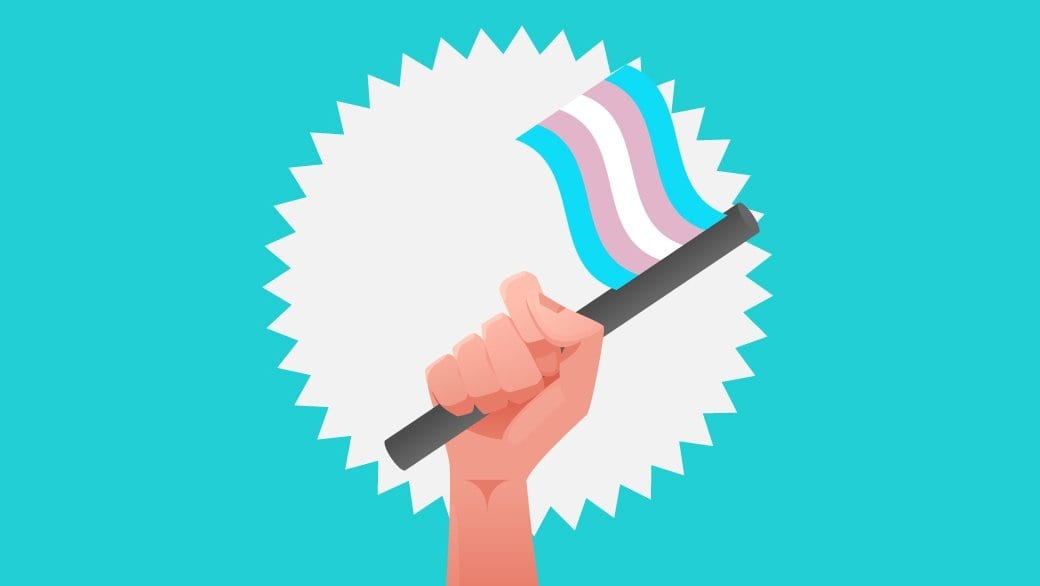A bill to add protection for transgender and non-binary people to Canada’s human rights act and hate-speech laws had its first parliamentary debate Oct 18, 2016, and passed second reading.
Bill C-16 passed 248-40, with unanimous support from the Liberals and NDP, after almost four hours of debate. The bill will eventually be studied by the justice committee, and will likely reach the Senate by the end of 2016.
Conservative leader Rona Ambrose, who supported the bill, gave her party a free vote, as the party’s ongoing leadership race splits between social conservatives and libertarians.
MP Brad Trost, who is seeking to lead the party on a social-conservative platform, twice raised the 1995 dispute involving Kimberly Nixon, a Vancouver transgender woman whom a rape crisis centre barred from volunteering. “This is a big-government solution to a problem that does not exist,” Trost says.
Some Conservatives like MP Peter Kent say the bill is unnecessary, as human rights tribunals have already considered trans cases under the category of “sex.” But fellow Conservative Cathy McLeod countered that the law still has loopholes that could affect non-binary people.
Conservative MP Harold Albrecht warns the Liberals are going to “legislate ideological conformity” and “impose a cultural shift in our very understanding of human sexuality.” Albrecht says the bill would have an impact “on faith communities, on immigrant groups who, by and large, are not open with this idea of gender fluidity.”
Conservative MP Cathay Wagantall says the bill “gives unfair advantage” to trans people in hate-speech legislation, and would create “a lack of respect for different views and choices.” She says making bathrooms gender-neutral would create conflicts that business would have to resolve. “Would a pervert possibly be kicked out? Where does the onus of responsibility lie?”
Wagantall also alluded to possibly discriminating against customers, in an unspecific statement in the House: “As a small-business owner in a small family community, we have respectfully indicated to a customer that we could not provide them the services they requested. Fortunately, they understood. Our consultation with a lawyer affirmed that we have the right to determine who our clientele is.”
NDP MP Randall Garrison, who previously introduced similar legislation to protect trans people, says the bathroom-bill issue is “the most significant red herring concerning transgender rights [that] has been shown to have no basis in fact.”
“Frankly, I believe its persistence is a sign of the very transphobia we are trying to address in this bill,” he told the House.
Introduced on May 17, 2016, Bill C-16 would also compel judges to consider a victim’s “gender identity or expression” as possible aggravating factors when sentencing people who have committed hate-motivated crimes. It would also formalize protections for trans people in the military and the federal government.
The bill follows a handful of private member’s bills that the House had already passed before it collapsed through election calls and Senate amendments. As a government bill, it is much more likely to become a law.
In the Oct 18 debate, NDP MPs pressed Liberals to tell their Senate colleagues to support Bill C-16. MP Marjolaine Boutin-Sweet also asked the government to limit the bill’s committee debate to just one day, which would likely prompt outcry from the other parties. The government would not say when the committee’s study will start, nor how long it will last.

 Why you can trust Xtra
Why you can trust Xtra


